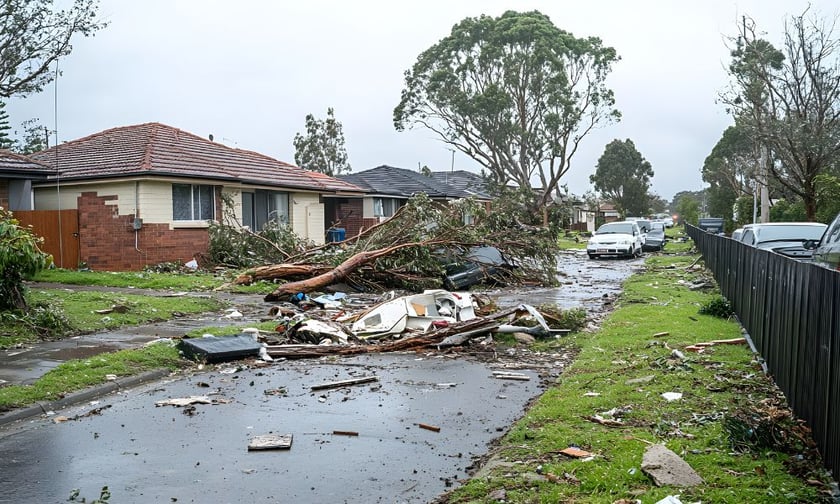Napier homeowner secures premium reduction by challenging ...

A Napier resident has successfully reduced his home insurance premium after challenging the accuracy of hazard data used by his insurer, bringing attention to calls for more transparency around the data that underpins premium calculations in New Zealand.
According to the Otago Daily Times’ report, Philip Dol – who lives in Napier’s Te Arawa suburb – saw his annual home insurance premium rise sharply from $2,000 to more than $5,000 following Cyclone Gabrielle in early 2023, with his latest renewal quoted at nearly $8,000.
Concerned about this sudden increase, Dol sought to understand the source of the risk data used to determine his premiums.
Dol, who has an engineering background, discovered that his property was designated as high-risk for flooding on maps created by the Hawke's Bay Regional Council.
Upon contacting his insurer to question the basis for the increase, Dol was informed that his property’s high-risk rating was based on updated mapping data, which also suggested coastal inundation risks.
However, Dol reviewed the map and observed that only a small section of his driveway fell within the high-risk zone. He raised concerns that such general mapping overlooked critical property-specific details that could affect individual risk assessments.
Dol said that his property included additional features to reduce flood risk, such as raised foundations and an enlarged stormwater system. He argued that these mitigation efforts should be reflected in his premium.
The insurer recommended that Dol approach the regional council about updating the hazard maps, assuring him they would review his premium if the mapping data changed.
As a result, Dol’s area was later removed from the council’s flood hazard zone, affecting more than 200 properties in his subdivision, including nearby retirement units.
Following these changes, Dol’s insurer reduced his premium by $880.
However, Dol remains concerned that many property owners lack a clear path to verify or contest risk assessments used in premium calculations.
“I find it really hard as a ratepayer to understand that through infrastructure investment – or potential lack of, through the years – that we’re getting a double whammy. We’re getting insurance premiums increased, as well as our rates increased to pay for those investments,” he told the Otago Daily Times, adding that many homeowners face financial strain due to rising costs.
Karen Stevens, New Zealand’s Insurance & Financial Services Ombudsman, confirmed that Dol’s experience aligns with a broader trend of increased premiums based on hazard mapping data.
Stevens highlighted the complexity of hazard mapping, explaining that while councils generate these maps, insurers rely on them to set premiums.
In cases where homeowners believe the mapping does not accurately reflect their property’s risk, they may request updated assessments. To aid this process, the National Hazard Portal offers risk information for areas across New Zealand, though it often lacks granular, property-specific detail.

































































